“Super” speed camera to watch over Swiss roads
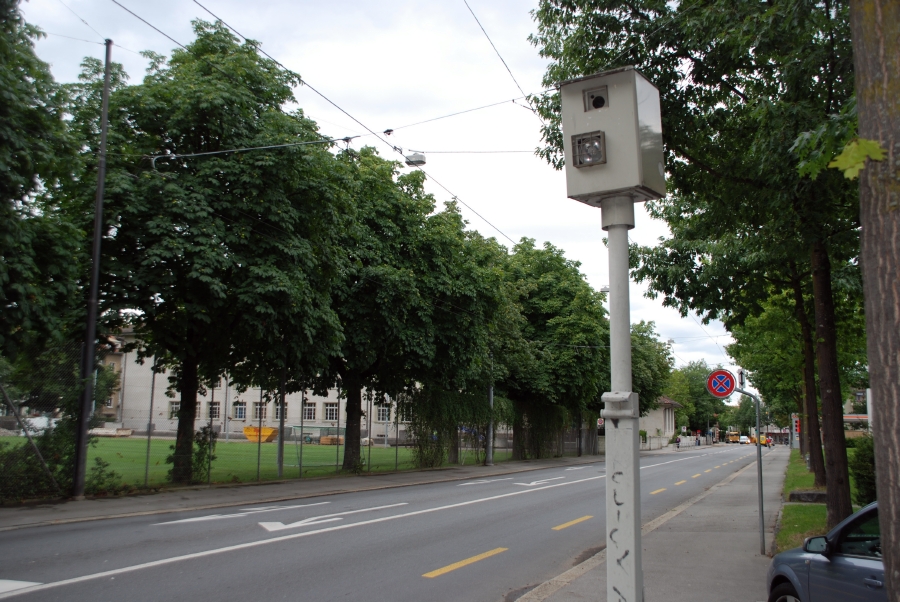
Swiss motorists are bracing for the imminent arrival of the Trafistar SR590 - a new speed camera able to detect multiple traffic offences.
The Swiss-built device, due to be put into service at the end of August in Geneva, can simultaneously monitor the speed of 22 cars in four lanes, not just the normal two. It can also spot nine other driving misdemeanours.
Drivers who tailgate or trespass into bus or cycle lanes, who fail to give way to pedestrians or to traffic to the right, who overtake in a dangerous manner, fail to halt at a stop sign or who make an unauthorised turn have been warned.
Despite the SR590’s ability to multitask, it will start with the regular job of catching speeding motorists and red light offenders.
The SFr80,000 ($77,000) device, made by Zurich firm Multanova, is equipped with the latest 3D tracking radar technology, which allows it to pinpoint the precise position of each vehicle and follow its movement.
“This explains why some people escape fines,” Stefan Guggisberg, director of Multanova, told swissinfo.ch at his office in Uster, east of Zurich. “Cameras today are not accurate enough. They also suffer from interference from nearby vehicles.”
Geneva police, who have been testing the new camera on the Mont Blanc Bridge in the centre of the western Swiss city, say they are satisfied and plan to install three more super cameras to replace older models.
Around 100 speed camera boxes keep a watchful eye on Geneva’s roads, but “only one-third have cameras inside”, explained Eric Grandjean, spokesman for the Geneva police.
Daniel Menna, spokesman for the Swiss Council for Accident Prevention, welcomes the arrival of the new camera.
“I think it’s good that it can check other offences than just speed,” he said. “There are lots of accidents due to drivers not respecting who has priority.”
Money-spinner?
Jean-Marc Thévenaz, in charge of safety at Touring Club Switzerland (TCS), the country’s main motorists’ organisation, said he hoped the new super cameras would be used correctly to check drivers at fault.
“But we’ll be watching carefully to see if they are just there to make money,” he said.
In Switzerland each canton does what it wants with the fine money. It doesn’t systematically go to road safety, he explained.
Figures for the whole of Switzerland are unavailable, but in 2009 the Geneva police issued fines for 158,823 speeding offences, earning an estimated SFr15.8 million for the canton.
Grandjean denies the new cameras have a financial objective. “It’s not our wish to have more cameras everywhere to make money,” he noted.
Wider interest
Geneva motorists are not the only ones set to face the new camera. Canton Ticino has already bought one but has not yet installed it. The city of Lausanne is likely to upgrade its existing Multinova cameras for the new devices, and cantons Zurich and Basel-Country are “evaluating” the Geneva results before making a decision.
For Guggisberg, the Swiss market offers “excellent potential”. He hopes to sell around 20 devices by the end of the year, 50 in 2011 and 80 in 2012.
There are an estimated 1,000 speed cameras in Switzerland, 700 of which have been supplied by Multinova.
Around 70 cameras are located on Swiss motorways, overseen by the Federal Roads Office, while the remainder are in and around cities and villages, managed by communes, cantons and city authorities.
Improved road safety
Over the past ten years there has been a marked improvement in the safety of Swiss roads. According to the Federal Statistics Office, 349 people were killed in road accidents in 2009 and 4,708 people were seriously injured, compared with 583 and 6,299 in 1999.
A 2006 study by the European Transport Safety Council found that Switzerland had the safest motorways in Europe.
Menna is sure speed cameras have helped cut accidents: “Studies show that speed checks by police can reduce accidents by 17 per cent.”
But not everyone is convinced of their utility.
“I don’t think radars make that big an improvement to road safety,” said Thévenaz.
He would prefer to see more prevention and education in schools and driving academies, as well as improving roads that are notoriously accident-prone.
And on motorways drivers have a tendency to brake before a camera and then accelerate afterwards which can be dangerous, added Thévenaz.
His comments echoed a recent survey in Britain by insurance firm LV, which said cameras cause motorists to drive erratically, to not concentrate on the road and to brake suddenly when one appears.
The research estimated that speed cameras were a contributory factor in one per cent of all road traffic accidents.
To partly deal with this problem the Federal Roads Office will start testing cameras on the A2 near Basel and the A9 near Bex in September that can calculate a driver’s average speed between two fixed points.
Simon Bradley, swissinfo.ch (with input from Alexander Thoele)
The government is set to present an extensive new project, “Via sicura”, which has gone through a consultation process, by the end of 2010.
The project’s measures include:
Drivers should have their sight and health tested every ten years up to the age of 69.
Reckless drivers who seriously break the rules should undergo aptitude tests.
Drivers over the legal alcohol limit should have their licence suspended for six months and be forced to go on a driver’s education course. New drivers and delivery people should drive with a zero blood alcohol level.
Future road building projects should be examined on the basis of the risk of accidents. Danger spots should be identified and dealt with.
Seizure and scrapping of cars after serious offences such as driving without a licence.
Increased police checks and fewer warnings of police speed cameras.
Scientific research on the cause and circumstances behind accidents.
Greater powers for insurers to decide whether to cover bad drivers.
Mandatory helmets for all cyclists.
A minimum age of eight for children to ride bicycles on roads.
Car headlights to remain on permanently when driving day or night.
According to the Federal Statistics Office, 349 people were killed in Swiss road accidents in 2009, and 4,708 people were seriously injured.
Over the past decade the number of non-commercial vehicles on the road has increased by 13 per cent. But the number of deaths in 2009 was 41 per cent lower than in 2000.
A 2006 study by the European Transport Safety Council found that Switzerland had the safest motorways in Europe, followed by Denmark, the Netherlands and Britain.
While most western European countries are increasing the use of speed cameras, in Britain the devices are set to be switched off in many regions after the government ended central funding for cameras, and local authorities said they cannot afford to operate them.

In compliance with the JTI standards
More: SWI swissinfo.ch certified by the Journalism Trust Initiative


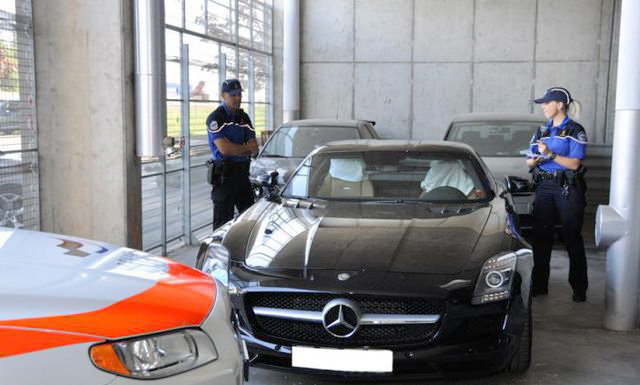
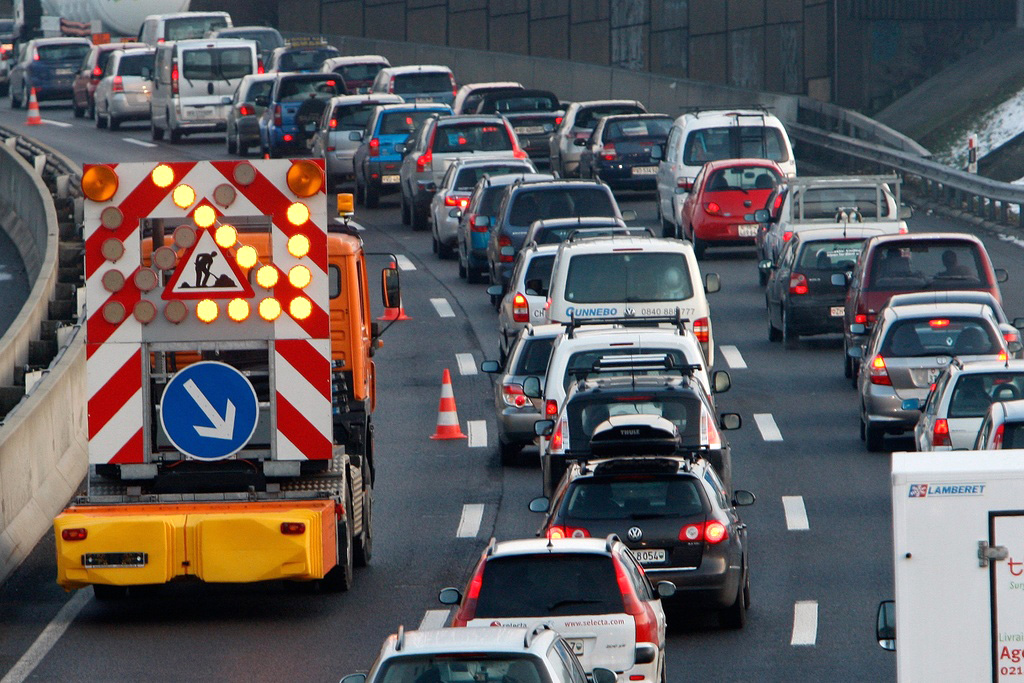
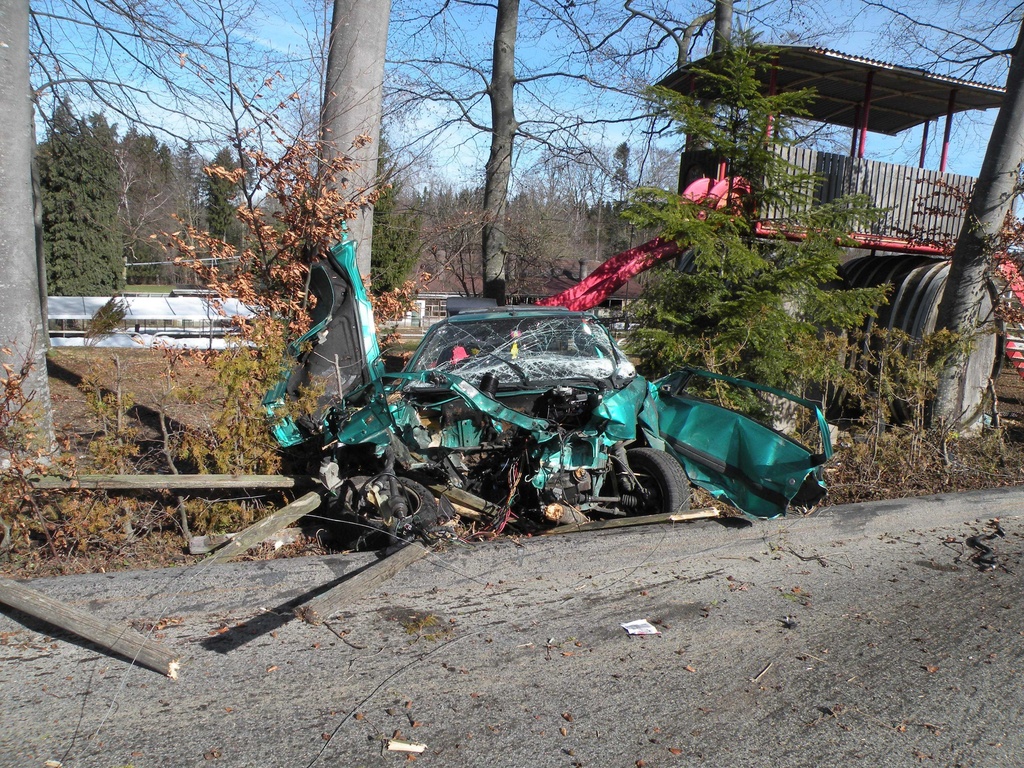
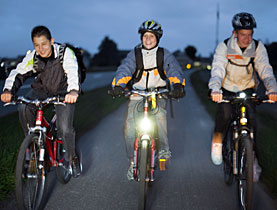
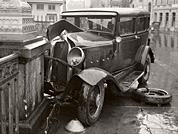
You can find an overview of ongoing debates with our journalists here. Please join us!
If you want to start a conversation about a topic raised in this article or want to report factual errors, email us at english@swissinfo.ch.